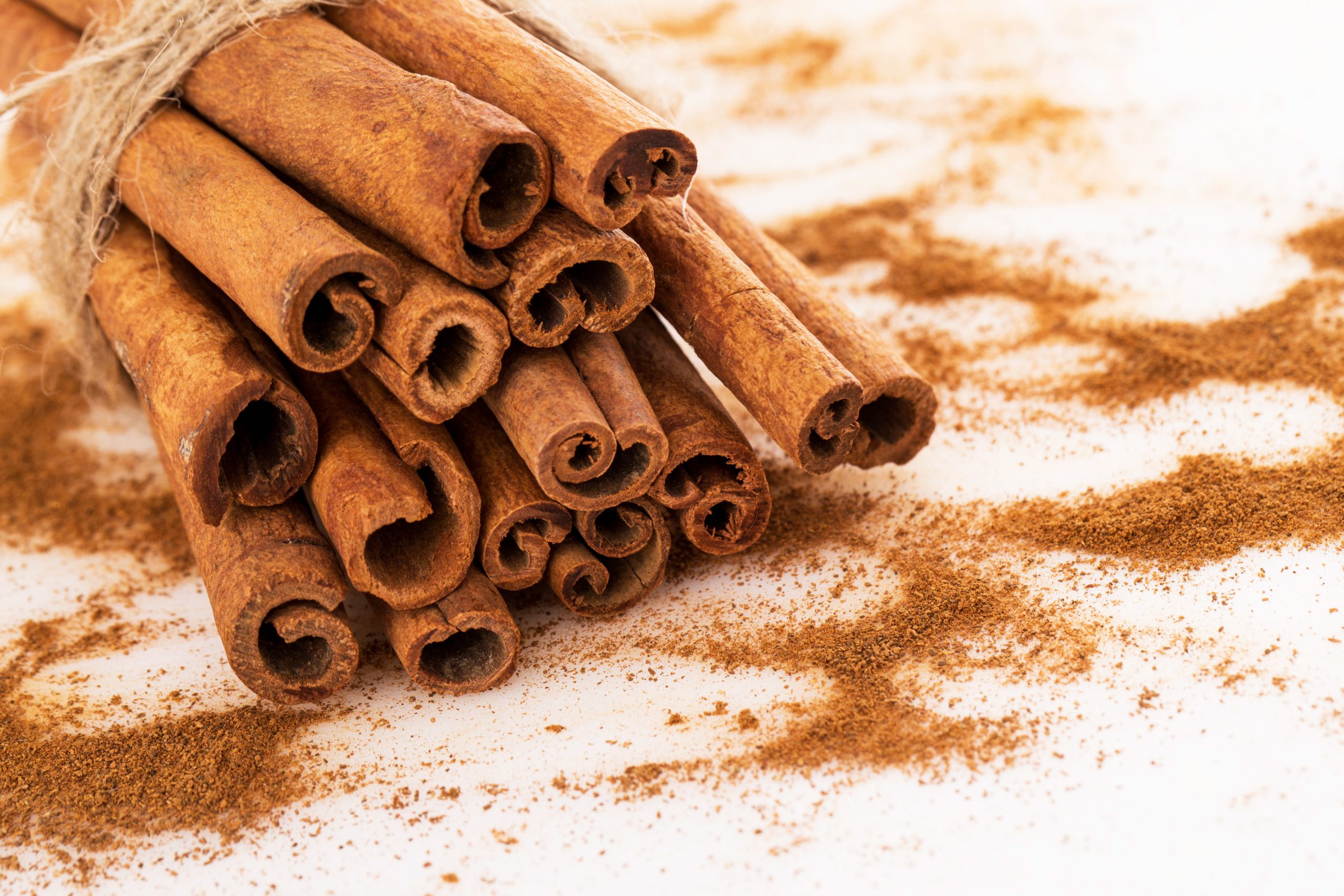Cinnamon, a commonly used spice and herb in our kitchen, actually has many health benefits. From blood sugar regulation to anti-inflammatory properties, Cinnamon covers it all. Gui zhi, as I like to think of it, has been in the Chinese medical materia medica for thousands of years and has always been an important part of Chinese herbal medicine.
Gui zhi is warm and spicy and is categorized as an herb used to treat cold symptoms. In Chinese medicine, the common cold is differentiated into 2 types: warm and cold. In a “warm” type of cold, a person is likely to have a sore throat, high fever and thick, yellow nasal congestion. In “cold” type colds, a person is likely to have chills, thin and drippy nasal discharge, headaches and body aches. Gui zhi is used to warm the meridians, disperse the cold and induce sweating. It is also indicated to “warm and facilitate the flow of qi in the chest”. For this indication, cinnamon is used to promote blood flow to the chest in cases of heart conditions such as pain and blockage. There is a technique in Chinese herbal medicine, called dui yao, where specific herbs are paired together for a unique purpose and gui zhi (cinammon) can be combined with many other herbs to address chest symptoms ranging from edema to palpitations. In a similar fashion, gui zhi can also be used to promote flow of qi and blood, especially in cases of cold hands. Finally, gui zhi is used to harmonize the “ying and wei” levels of the body. These levels are used to indicate the body’s strength against external pathogens. In such cases, cinnamon is often paired with white peony to achieve such balance.
The therapeutic dose of gui zhi is 3-9 grams, but I often recommend to sprinkle cinnamon into tea or oatmeal on a regular basis to promote blood flow. Of course, choosing organic spices is important so that the health benefits are not erased by toxic chemicals!


Leave a Reply